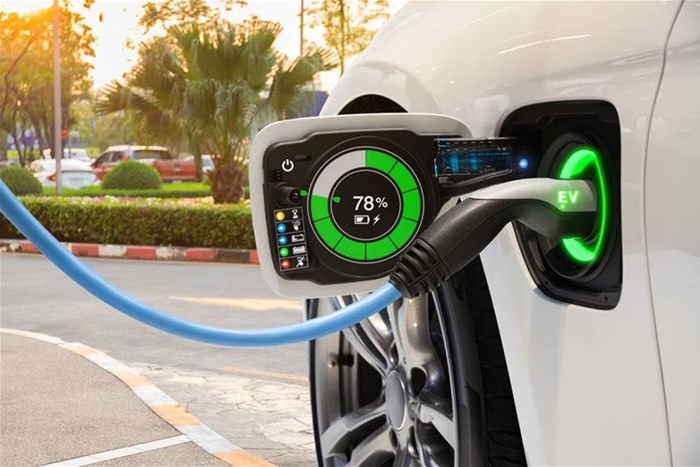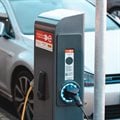The clock is ticking for the internal combustion engine (ICE), with more than 100 countries and other entities at the COP26 climate summit committing to phasing it out by 2035.

Image supplied
Yet South Africa risks missing this wave of the future without concentrated, private investment in clean, renewable energy, in particular solar photovoltaic (PV), to power its transition to electric vehicles (EVs).
Before we delve into how EVs will reduce carbon emissions and help personal and fleet vehicle owners reduce running costs, let’s look at the latest local EV news. To date, adoption and availability of EVs have lagged international trends, with only a handful of models on the market. But EVs are finally bursting into the mainstream with around 20 EVs expected to be available in South Africa by 2023.
At the same time, we are seeing rising interest in EVs among personal and fleet drivers alike. The 2020 South Africa EV Car Buyer Survey by AutoTrader showed that 74.3% of respondents would consider buying an electric vehicle in the next five years or sooner. As prices fall and a wider range of models become available, we can expect a receptive market for EVs.
<>bThe automotive industry is responsible for a quarter of emissions
The benefits of an accelerated transition to EVs are substantial for drivers, businesses, societies and the environment alike. According to the UN, the automotive industry is responsible for about a quarter of global human greenhouse gas emissions. Reducing emissions from vehicles is thus essential for governments, cities and businesses to meet their wider emission reduction goals.
Yet switching to EVs will not be enough on its own to make a dent into the automotive industry’s well-to-wheel emissions. The "well-to-wheel emissions" of a vehicle is the measure of the total carbon and greenhouse gas emissions produced during the lifecycle of the vehicle, from sourcing of the manufacturing materials to its energy usage during its active years.
Lower well-to-wheel emissions means a smaller carbon footprint and a higher level of sustainability.
Solar PV reduces well-to-wheel emissions nine-fold
A technical report by NREL – a national laboratory of the US Department of Energy – shows an EV powered from a 93% coal-powered grid has roughly the same well-to-wheel emissions as an equivalent ICE vehicle. By comparison, an EV powered from a 97% renewably powered grid has around nine times less well-to-wheel emissions than an equivalent combustion engine vehicle.
Given that South Africa’s grid is around 84% coal-powered and that we face significant power generation shortfalls and continuous loadshedding, it’s clear that we need to look at alternatives to power EVs if they are to become mainstream.
In a country with as much sunshine as South Africa, solar PV is one of the best options. It’s affordable, easy to install at nearly any home or office, and starts paying for itself immediately.
Installing solar PV on your building to charge your EV will drastically amplify the sustainable advantage that your EV has over conventional internal combustion engine cars by reducing the total well-to-wheel emissions. In addition to helping you reduce carbon emissions, this also frees you from relying on the grid to power your EV and dramatically cuts the running costs of your EV
































